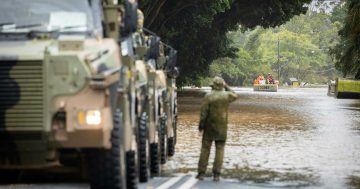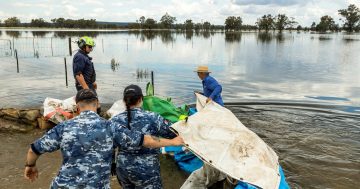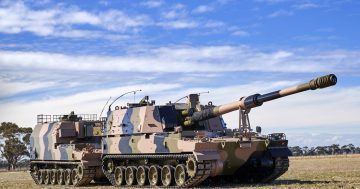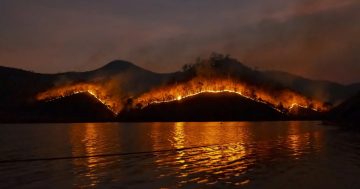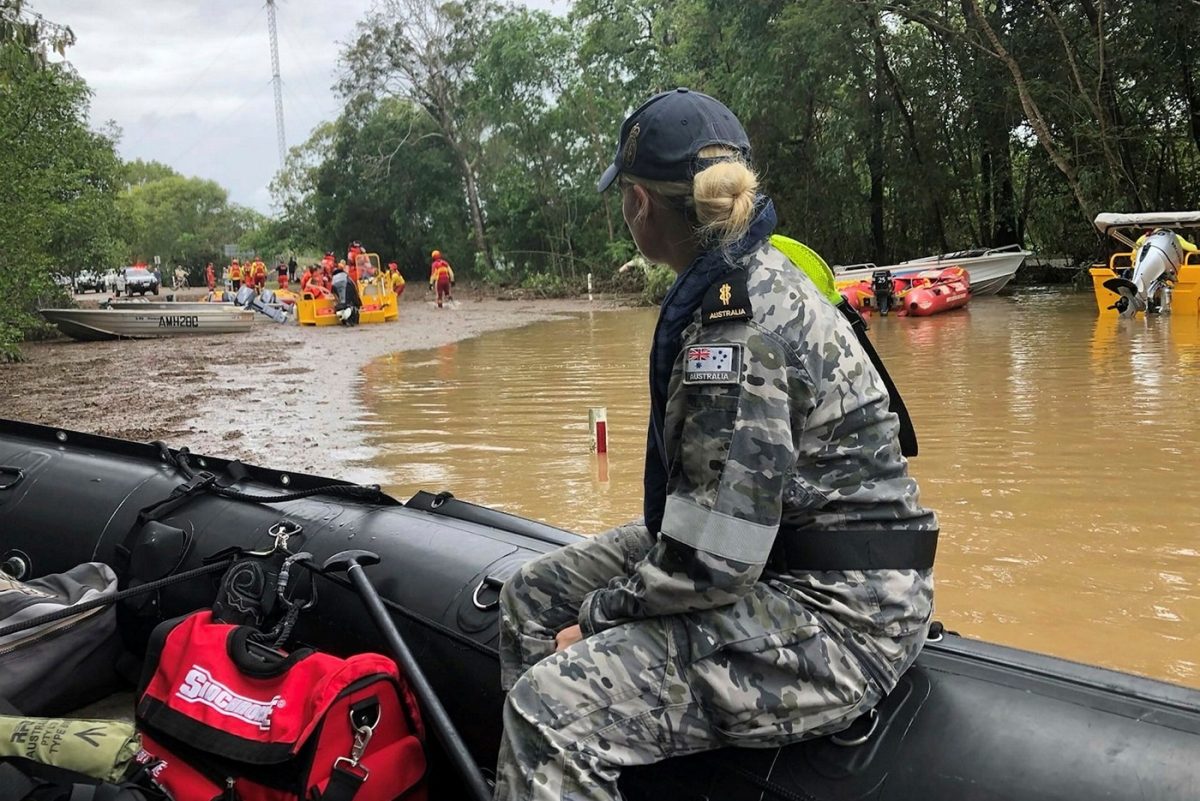
The DSR said the ADF should be the last agency called in the event of a natural disaster, not the first. Photo: ADF.
Following calls in 2023 to rely less on the Australian Defence Force for governments’ response to natural disasters, the Federal Government has released public submissions it received on how to develop Australia’s future disaster response capabilities.
The 2023 Defence Strategic Review (DSR) identified that, in recent years, the ADF had often been the first point of contact in providing responses.
It said that, while Defence had manpower, equipment and know-how, it was currently undermanned and under-equipped. Therefore, every time it was called up for such a disaster response, that equipment and manpower was drawn away from its primary role – military defence of the nation.
An Australian National Audit Office (ANAO) report published in October last year confirmed the DSR’s findings, saying that ADF operations in support of the Black Summer fires, COVID-19 pandemic, and several severe floods had resulted in reduced preparedness, readiness and combat effectiveness.
The government launched an Alternative Commonwealth Capabilities for Crisis Response paper in August 2023 which it said would inform the Department of Home Affairs and National Emergency Management Agency (NEMA) on how to develop future policies on providing disaster recovery assistance to states and territories.
It says it received a range of written submissions, and that 26 roundtables engaging with nearly 240 organisations including with state and territory governments and emergency service organisations were conducted between August and October 2023.
More than 130 submissions were received from individuals, financial institutions, local and state governments, Indigenous groups, non-government organisations, unions, environmental groups, and from companies and industry bodies as varied as drone operators, the Australian Medical Association, Australian Airports Association, Fortem Australia, and security companies.
Minister for Emergency Management Murray Watt said the discussion paper had input from a wide range of Australians, and he thanked the people who submitted their view.
“This discussion paper has helped to bring together a range of expertise that can be called upon in a disaster and the Albanese Government will continue to listen to stakeholders to inform how we ensure we’re better prepared to respond to future disaster events,” he said.
“The ADF is frequently relied upon to support domestic disaster relief efforts, including supplying personnel and equipment during the current higher risk weather season.
“Since coming to office, the government has demonstrated we will continue to make the ADF available, having deployed them during disaster response multiple times since coming into office, most recently to assist in efforts across Queensland,” he added.
“But in line with the Defence Strategic Review, this is about developing response measures so that Defence is not always the first call that’s made – it is the last.”
The Department of Home Affairs and National Emergency Management Agency (NEMA) will use information gathered from the discussion paper to inform the policy development process and advice to government on potential options.
The public submissions on the discussion paper are available here.












